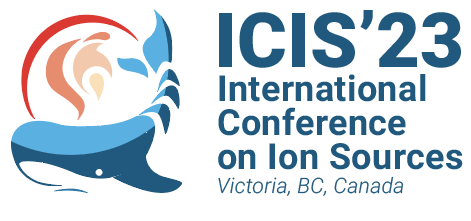Speaker
Description
Metals can be injected into electron cyclotron resonance ion sources (ECRIS) via many techniques, among which resistive ovens are used to vaporise neutral metals, later captured by the energetic plasma environment that will stepwise ionise them, hence giving multiply charged ion beams for accelerators. Recently, PANDORA, a novel ECR plasma trap, has been conceived to perform interdisciplinary research spanning from nuclear physics to astrophysics [1], where in-plasma high charge states of metallic species are demanded. However, a full knowledge on the vaporisation method and on the coupling of neutral atoms with plasma and its overall dynamics is still not available. Simulations, hence, are of fundamental relevance to improve the overall efficiency, reduce consumption of rare expensive isotopes, and to improve the ion source performance. In this context, we present a numerical study about metallic species suitable for oven injection in ECRIS, focusing on metals diffusion, transport, and wall deposition under molecular flow regime. These aspects depend on the geometry of the evaporation inlet, its thermodynamics properties, and plasma parameters, which impact on ionisation and charge-exchange rates, thus on the fraction of reacting neutrals. We studied the metal dynamics with and without plasma. Results underline the plasma role on space-dependent conversion yield, as given by the strongly anisotropic and inhomogeneous ECR plasma. The plasma and its parameters have been modelled using an established self-consistent particle-in-cell model [2,3]. The numerical tool is conceived for the PANDORA plasma trap, but can be extended to other ECR plasmas and traps. As test cases we studied the 134-Cs and 48-Ca radioisotopes, as metals of interest for the modern nuclear physics. A focus is given on the β-decaying 134-Cs, as a physics case for PANDORA, stressing on the poisoning effect by neutral metals deposition at the chamber wall and how the study can support for solutions.
| Email Address | pidatella@lns.infn.it |
|---|---|
| I have read the Code of Conduct to attend ICIS2023. | Yes |
| Presenter if not the submitter of this abstract | Angelo Pidatella |

